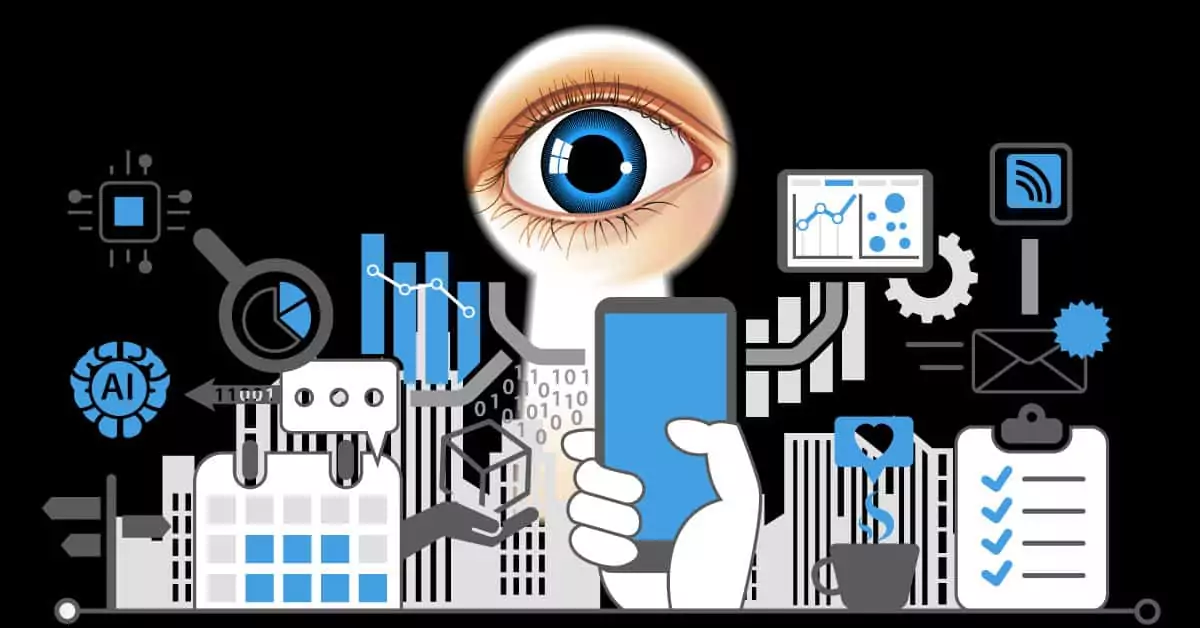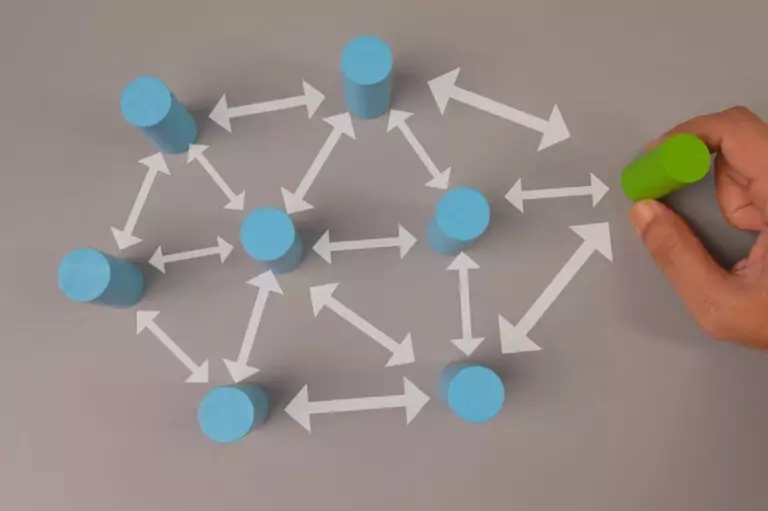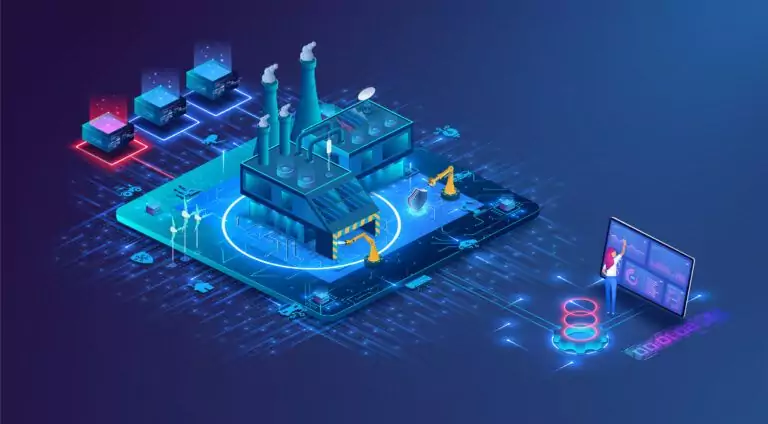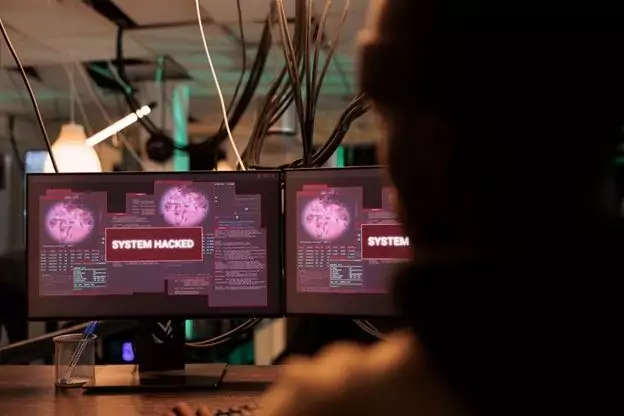Looking to learn more about single source of truthSingle source of truth (SSOT) refers to the practice of structuring information models and associated data schema such that every data ele…? Read on for an introduction to the concept of a single source of truth and how the right data systems can unlock many benefits for your enterprise.
Accepting Big Data
It’s impossible to ignore the influence of big data on businesses.
According to Forbes, 53% of companies use big data to inform their policies, goals, and decisions. Data is one of the most valuable resources your company or industry has when overcoming challenges.
However, a common issue is having a proper method to organize the data in a way that people can easily access and update without worrying about formatting or version control. To give an idea of the volume of data collected these days, exponential growth in data production over the last two years amounts to 90% of the data ever made.
Opportunities to collect data are truly everywhere! And managing it can be daunting.
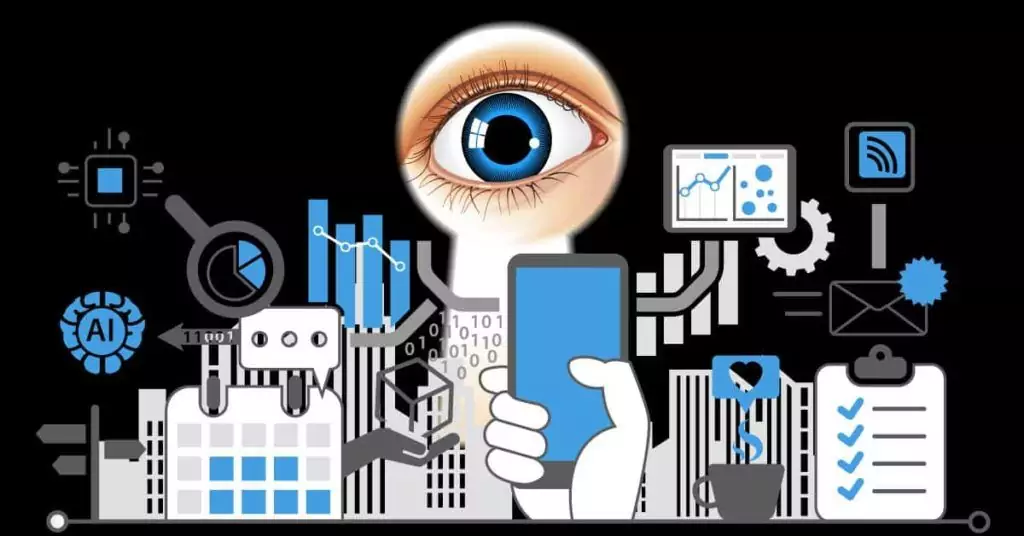
What is a Single Source of Truth?
A single source of truth (SSOT) functions as a centralized location for all your information. Implementing a SSOT model is not simply about a tool or data architecture strategy; instead, business need to commit to a mindset.
The companies that succeed at this are able to use a single source of truth to keep decision-makers and business leaders on the same page while reducing the odds of unwanted overlap and duplication. It is real a competitive advantage.
Benefits of a Single Source of Truth
To use an analogy, a single source of the truth structure empowers business solutions in the same way that gasoline powers a car. Pure fuel keeps the vehicle running smoothly while maximizing efficiency and minimizing engine wear. Subpar gasoline clogs fuel injectors and restricts the intake valve, leaving you with a rough driving experience.
The same theory can apply to organizations and the development of large-scale industrial assets. Subpar data going in will lead to subpar decisions.
A SSOT guides robust data management and strategic intelligence applications. When everyone is working from a SSOT, data sources are kept up to date and relevant to business decisions.
Other material benefits include:
- No duplicate data entries or version control issues
- Timely data values at the right moment
- Reduced time spent validating records and data types
- Improved data warehouse and intelligence
- Improved communication and productivity
An authoritative source of truth, or AST, is critical when a decision-maker needs to address a problem. Data accuracy is an important principle, whether dictating a company-wide policy or department-based procedures.
When a company can trust its information architecture, everyone can look to one place to produce business intelligence reports. People can spend less time preparing data and more time analyzing data.
What Happens Without a Single Source of Truth?
Companies that do not have a single source of truth are more likely to see their projects struggle to stay on time and budget. According to Autodesk + FMI, 52% of rework comes from weak data and miscommunication.
People in these companies are reading, using, and applying various information that leads to a lack of productivity toward the project goal.
Imagine if a business wants to put forward safety guidelines for its employees. Everyone comes to the initial meeting with different information from varying sources and times. The disparities make it challenging for people to agree on the fundamental facts, let alone come to a consensus for safety guidelines.
People have to establish a truthful foundation before they can move forward. They need to ask basic questions like:
- “Where is the data from?”
- “How old is the data point?”
- “Is the data set complete and accurate?”
- “What version are we looking at?”
With the right infrastructure, a single location to store consistent and verifiable data objects eliminates the need for these questions.
A trustworthy data management system leads to improved collaboration and enables team members to hit the ground running.
How to Create a Single Source of Truth
A successful single source of truth starts with buy-in from organizational leaders. Even the most well-structured SSOT will fail without their support. Buy-in can take time, but it is key to implementing a universal data management technique.
With an agreed-upon structure in place, an organization can then shift its priorities to collecting accurate information. Managers should set up regular checks of the data portal to vet sources and maintain the integrity of the data model. They should take care to perform regular data updates and ensure the information maintains its timeliness, consistency, and relevance. Allowing multiple checkpoints will help minimize overlaps and duplication.
Then information, such as metadata or documents and reports, can be extracted from the data portal without worrying about extraneous or inaccurate data elements. Team members have the ability to filter and store that data.
While a single source of truth should help eliminate silos and put everyone on the same page, that final step is not automatic. As with any software tools, project stakeholders still need to understand the data and what it’s trying to say.
But with instant on-demand access to trustworthy and verifiable data, everyone’s job becomes a little easier. Their decisions are based on truth; transparency and work quality improve.
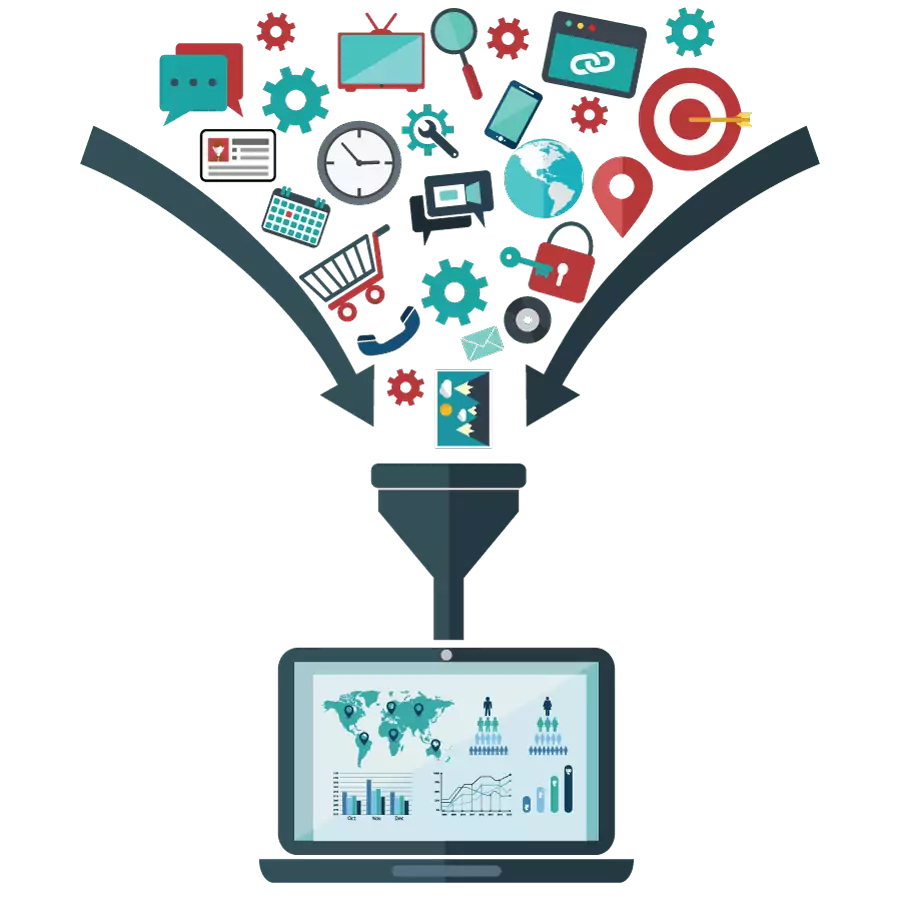
Is a Single Source of Truth Feasible?
While a single-source data model may not be realistic for some organizations, it is possible for many.
Remember that buy-in, accuracy, and mutual understanding are the fundamental building blocks for a single source of truth.
The centralized system should also have a basis in components rather than pages or files. Componentization empowers users to have a single source system that aggregates data in a primary location. Every data point comes into the system once and includes a comprehensive strategy to link metadata and engage decision-makers.
Need Help with Your Data Architecture?
Vista Projects offers truth-based industrial engineering so that companies can solve problems in real-time through a shared database. The on-demand system guarantees data quality and transparency while reducing errors, rework, and total installed costs.
Contact Vista Projects today to find out how a single source of truth can help simplify the digital transformation of your assets.
Single Source of Truth FAQ
Why is a single source of truth important?
A single source of truth (SSOT) methodology is important because it means data sources are up to date and relevant to business decisions. Other benefits include:
- No duplicate data entries or version control issues.
- Access timely data values at the right moment.
- Reduced time spent validating records and data types.
- Improved data warehouse and intelligence.
- Improved communication and productivity.
What is the meaning of a single source of truth?
Single source of truth (SSOT) is the structuring of information models and associated data schema such that every data element is stored exactly once. Linkages to this data element are by reference only. Any updates in the primary location data element propagate to the entire system without the possibility of duplicate values.
What is authoritative truth?
An authoritative truth is an entity or system that applies expert judgement and rules to proclaim a digital artifact is valid and from a legitimate source.
How is single source data collected?
A successful single source of truth starts with buy-in from organizational leaders. Regular checks of the data portal to vet sources and maintain the integrity of the data model is then done. This should ensure regular data updates and information timeliness, consistency, and relevance.
To help minimize overlaps and duplication, multiple checkpoints should be allowed.
Information e.g., metadata, documents and reports, can be extracted from the data portal for filtration and storage.
What is the concept of a single source of truth in Redux?
In a React-Redux application, in order to change data in the UI, redux action is dispatched to change state within the Redux reducer. The React components track this reducer and if it changes, then UI will change itself too. But not the other way around, because the Redux state is a single source of truth.
